The 1960s were a time of simplicity, imagination, and just a hint of chaos when it came to childhood. From the toys we played with to the ways we passed the time, growing up in the ’60s was a world apart from the screen-dominated lives of kids today. Many of the things that defined our youth back then would leave today’s children scratching their heads—or completely stunned. Let’s take a nostalgic stroll through 15 childhood staples from the ’60s that defined an era but seem almost unrecognizable now.
1. Cap Guns
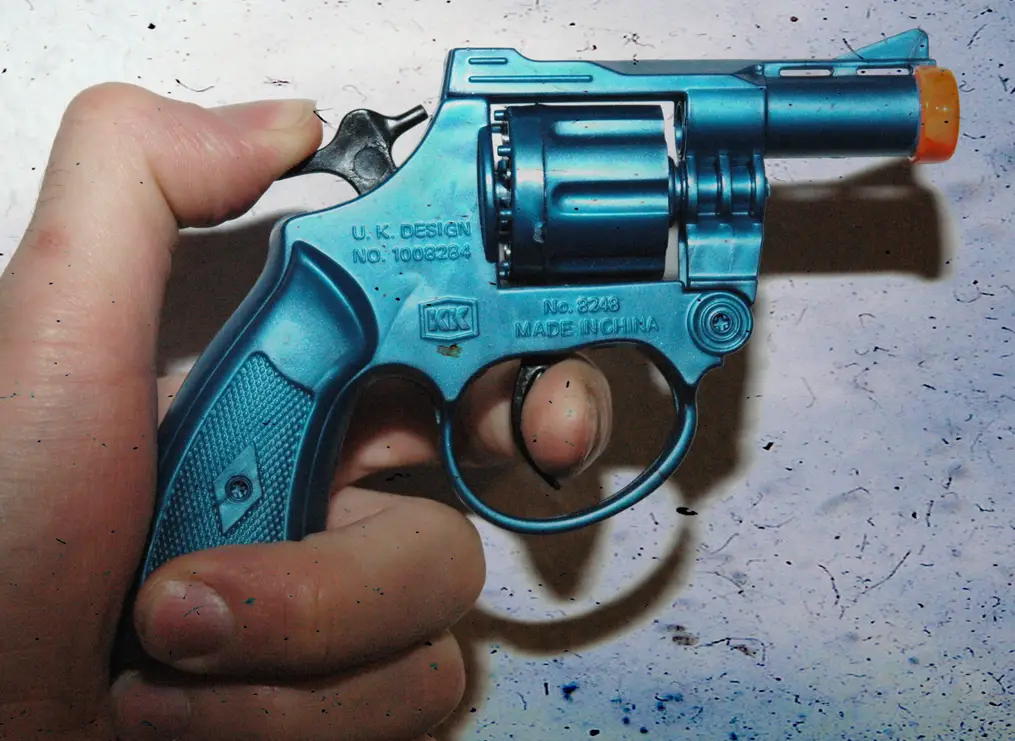
Cap guns were all the rage in the ’60s, mimicking the look and sound of real revolvers with small explosive “caps” that popped when fired. They were often paired with cowboy hats and holsters, letting kids reenact their favorite Westerns.
In today’s world, where toy guns are brightly colored and carefully regulated, cap guns would raise more than a few eyebrows. But for us, they were part of imaginative play, rooted in a love for classic TV cowboys like Roy Rogers and Gene Autry.
2. Creepy Crawlers Toy Oven
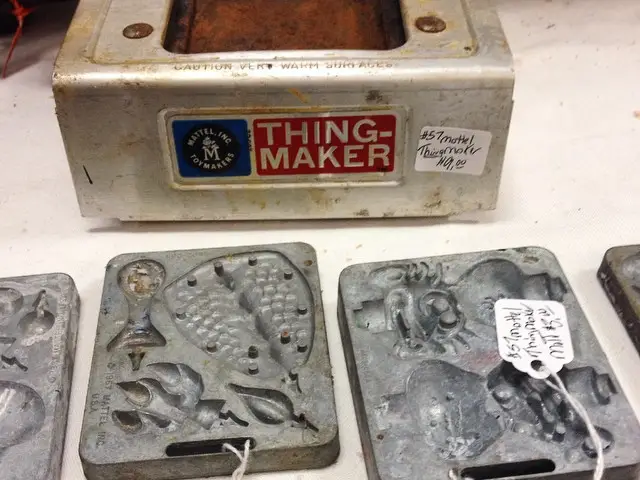
The Creepy Crawlers toy oven let kids cook up rubbery insects using metal molds and bottles of liquid plastic called Plasti-Goop. Heating the molds in a small electric oven was part of the fun, but burns and chemical fumes were an accepted hazard. The resulting bugs made for pranks or imaginative play.
Today’s kids, accustomed to toys with strict safety standards, would be amazed that this DIY science experiment was a household staple. Still, it was a favorite for kids who loved the thrill of making something “gross” all on their own.
3. Metal Lunch Boxes with Sharp Edges
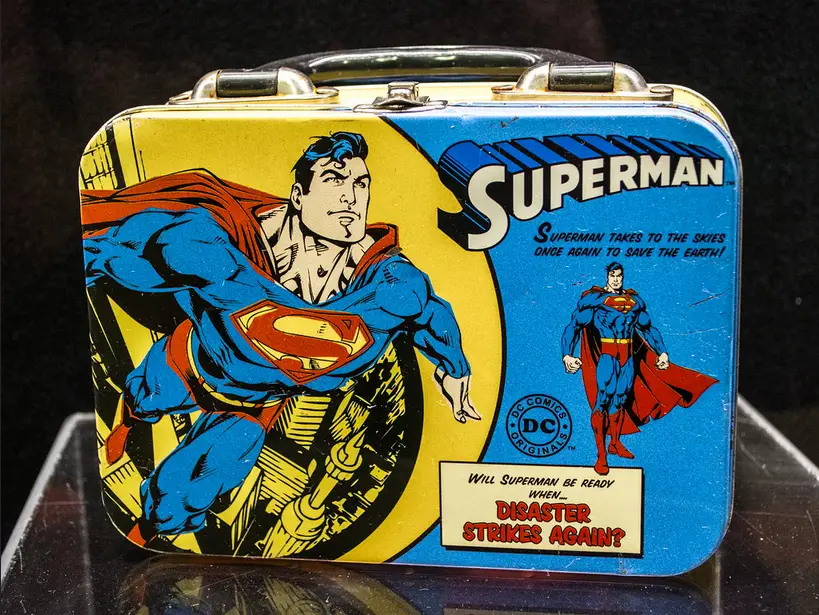
Every ’60s kid had a metal lunch box featuring their favorite TV show or superhero. These sturdy boxes, complete with sharp corners and a clunky metal clasp, were practically indestructible—until they were used as an impromptu weapon during recess scuffles.
Today, kids carry soft-sided, insulated lunch bags with zippers and compartments. They’d be shocked to see these vintage relics and the way they doubled as both lunch containers and tools of playground justice.
4. Playground Equipment Over Concrete

Playgrounds in the ’60s were thrilling and, frankly, a little terrifying. Steel slides that burned your legs in the summer, monkey bars set over rock-hard concrete, and merry-go-rounds that spun at dizzying speeds were the norm. Falling wasn’t a question of “if” but “when.”
Modern playgrounds with padded surfaces and safety-tested designs would look alien to kids from our era. Back then, we learned about gravity, resilience, and how to deal with a skinned knee, all while having the time of our lives.
5. Lawn Darts (The Dangerous Kind)
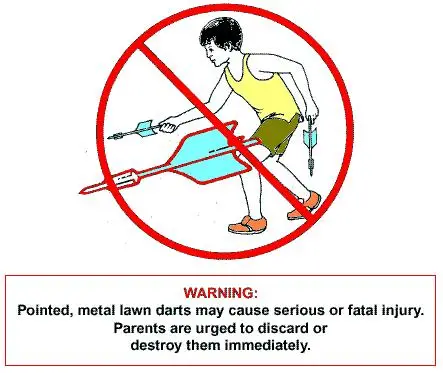
Before safety regulations stepped in, lawn darts were essentially weighted, oversized darts with metal tips meant to be thrown across the yard. The goal was to land them in a target ring, but these “toys” often led to some close calls—or worse. They were as much a source of entertainment as a health hazard.
Kids today, with their foam-tipped toys and safety-conscious playsets, would be baffled that something so sharp and heavy was marketed as fun. But for us, they were a backyard classic, combining skill, luck, and a dash of danger.
6. Candy Cigarettes
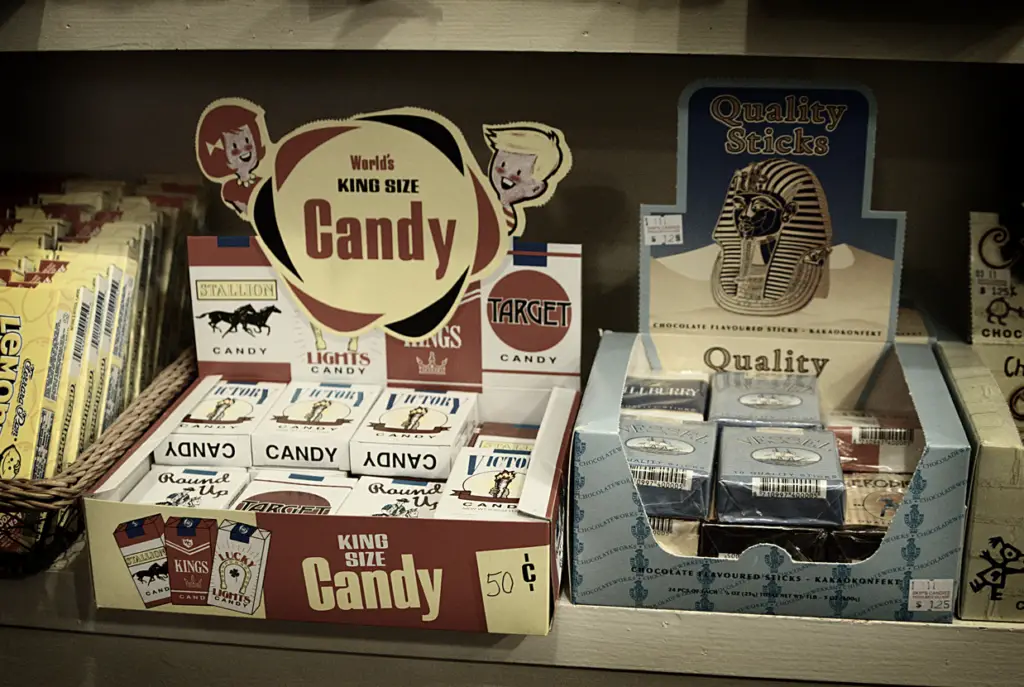
In a time when smoking was glamorized, candy cigarettes were a common treat for kids. These chalky, sugar-stick candies often came in boxes designed to look like real cigarette packs, complete with red tips to mimic a lit cigarette.
Today’s kids would be stunned—and likely horrified—that such a product existed. While it’s hard to believe now, back then, puffing out pretend “smoke” felt like a grown-up indulgence.
7. Tetherball
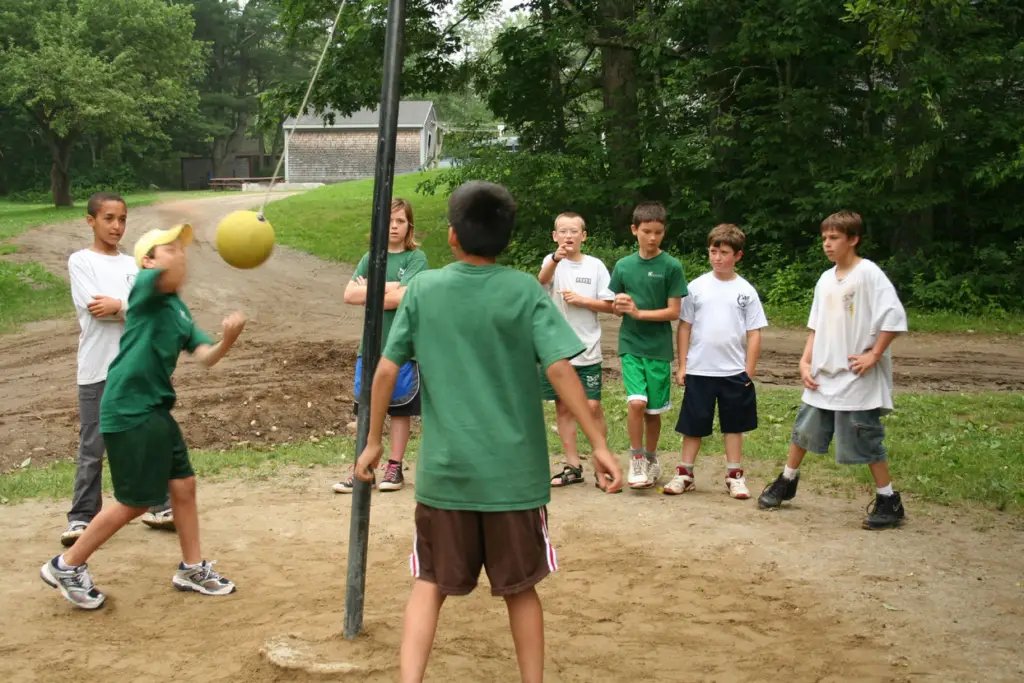
Tetherball was a playground staple, with a ball attached to a metal pole by a rope. The goal? To smack the ball around the pole in one direction while your opponent tried to stop you. Simple in design but surprisingly intense, tetherball was an easy way to settle playground rivalries.
Kids today, with their video games and organized sports, might find tetherball quaint or even confusing. But for ’60s kids, it was a fast-paced game of strategy, skill, and a little bit of pain when the ball inevitably smacked you in the face.
8. Paper Dolls
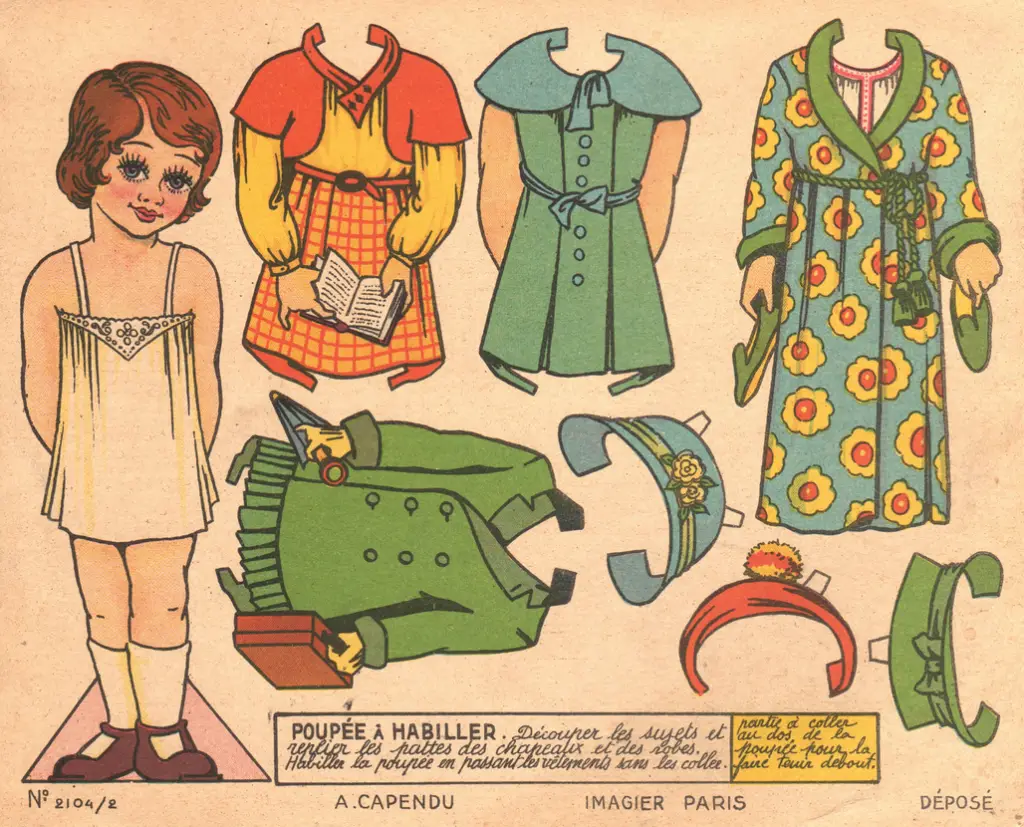
Before action figures and dolls with hundreds of accessories, there were paper dolls. Kids would cut out paper outfits and fold little tabs to dress up their favorite characters or create imaginative storylines.
In today’s digital world, where video games and apps dominate playtime, the simplicity of paper dolls might feel shockingly low-tech. But back then, they sparked creativity and hours of fun with nothing more than scissors and imagination.
9. Saturday Morning Cartoons

The highlight of any ’60s kid’s week was waking up early on Saturday to watch a marathon of cartoons. Shows like The Jetsons, Scooby-Doo, and The Flintstones aired for hours, often paired with sugary cereals.
Kids today, with their on-demand streaming and 24/7 access to content, wouldn’t understand the magic of waiting all week for Saturday morning. It was a ritual that defined childhood in the ’60s, complete with commercials that made every toy look irresistible.
10. Colorforms
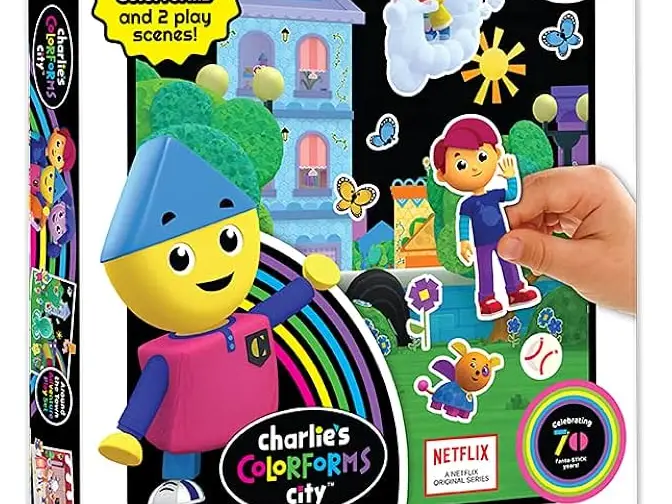
Colorforms were reusable vinyl stickers that stuck to smooth surfaces. This let kids create their own scenes on themed boards. Whether it was a cartoon character set or an abstract design kit, Colorforms combined creativity with tactile play.
Today’s kids, used to tablets and touchscreen apps, might find these vinyl shapes underwhelming. But for us, Colorforms were a way to tell stories, decorate imaginary worlds, and play quietly on rainy afternoons.
11. Telephone Party Lines
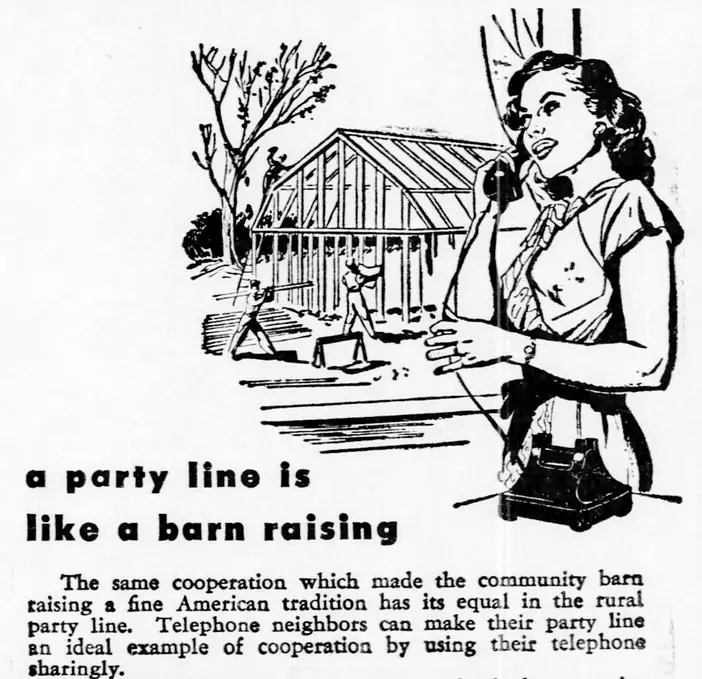
In the ’60s, some households shared telephone lines with their neighbors, known as party lines. You could pick up the phone to make a call and hear someone else already talking, forcing you to wait your turn—or sneakily listen in.
Kids today, who’ve grown up with smartphones and private conversations, would find the concept of a shared phone line almost comical. But for us, party lines were just part of life, and they taught us patience—or at least how to eavesdrop discreetly.
12. TV Dinners
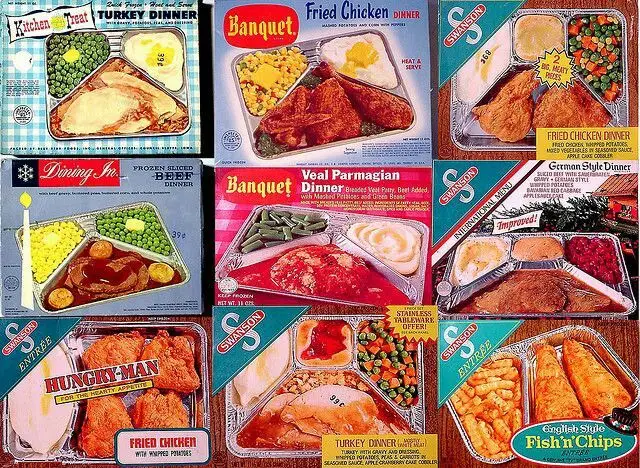
TV dinners were a novelty in the ’60s, with their aluminum trays and perfectly portioned compartments. Brands like Swanson turned frozen meals into an event, often enjoyed in front of the family’s one TV set.
Today’s kids, with their gourmet frozen options and microwaveable containers, might be shocked by the simplicity of these meals. But for us, they were a treat—especially if they came with dessert included.
13. Metal Tonka Trucks
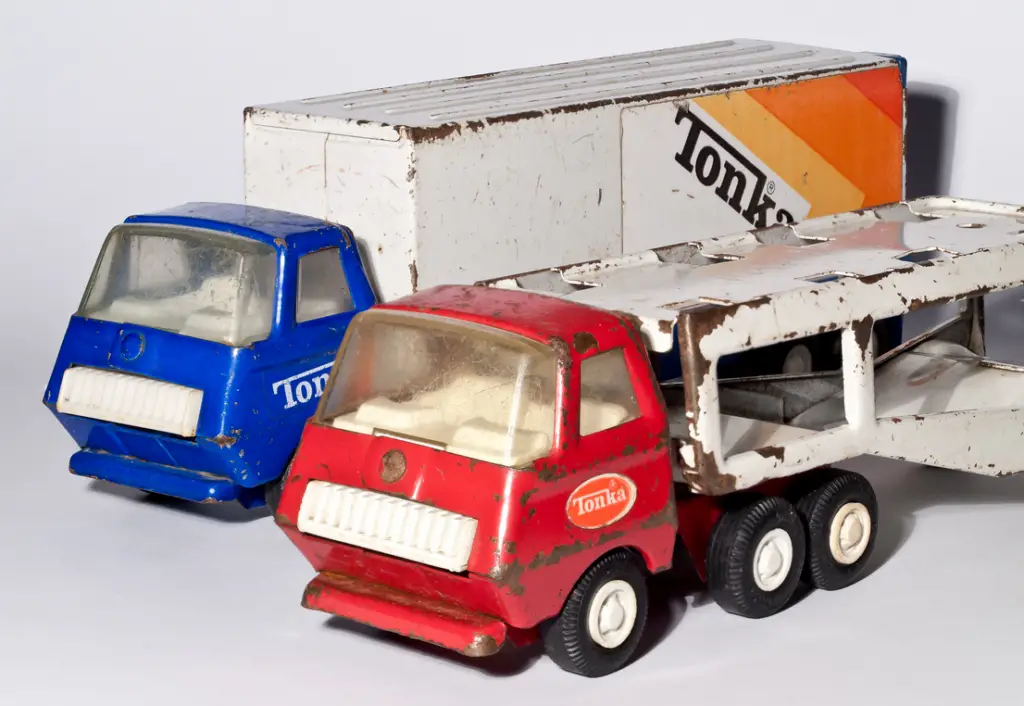
Tonka trucks in the ’60s were made of heavy metal, built to last, and capable of causing serious damage if misused. These rugged toys could survive anything from backyard adventures to being run over by a bike.
Today’s kids, accustomed to lightweight plastic toys, might be surprised by how indestructible—and potentially dangerous—these trucks were. But for us, they were the ultimate sandbox companions.
14. Milk Delivery
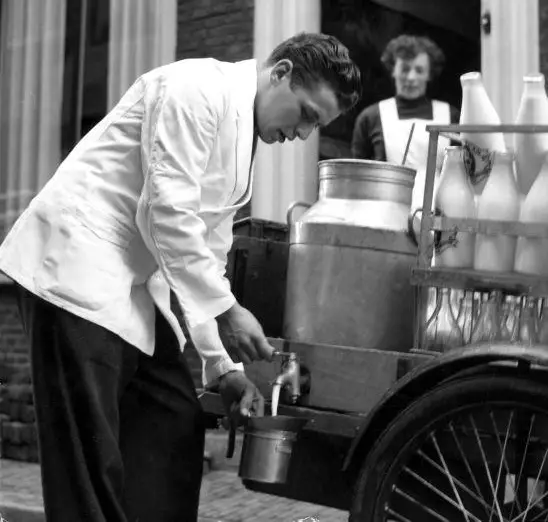
In the ’60s, many families still had milk delivered to their doorstep in glass bottles. The milkman was a regular part of the neighborhood, and empty bottles were left out for pickup and replacement.
Kids today, with their grocery store cartons and plastic jugs, might find the idea of daily milk delivery quaint. But back then, it was a normal—and nostalgic—part of childhood.
15. Free-Range Freedom
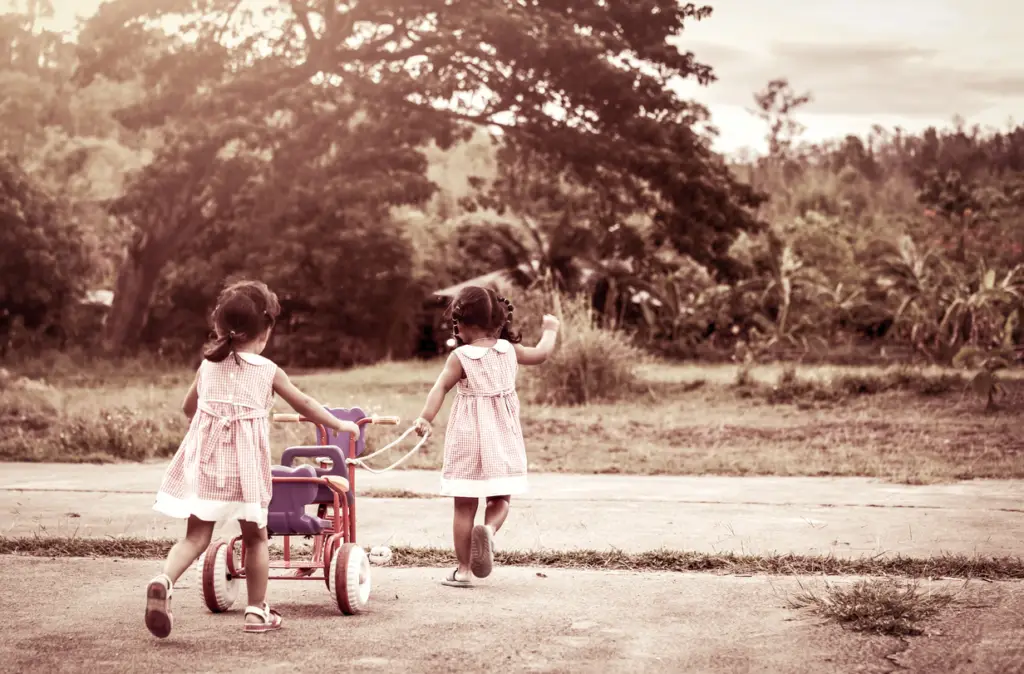
Perhaps the biggest shock for kids today would be the freedom ’60s kids enjoyed. We roamed the neighborhood on bikes, played outside until the streetlights came on, and explored without constant adult supervision.
In an era of GPS tracking and organized playdates, the idea of unsupervised outdoor adventures might seem shocking. But for us, it was just childhood—full of scraped knees, secret forts, and memories that lasted a lifetime.
These childhood staples capture the essence of growing up in the ’60s: a mix of creativity, adventure, and a little bit of danger. They remind us of a time when life was simpler and playtime was as much about imagination as it was about the toys themselves. Which of these do you remember most fondly, and which ones would today’s kids never believe? Let’s celebrate the quirky, unforgettable charm of the era that shaped us.


